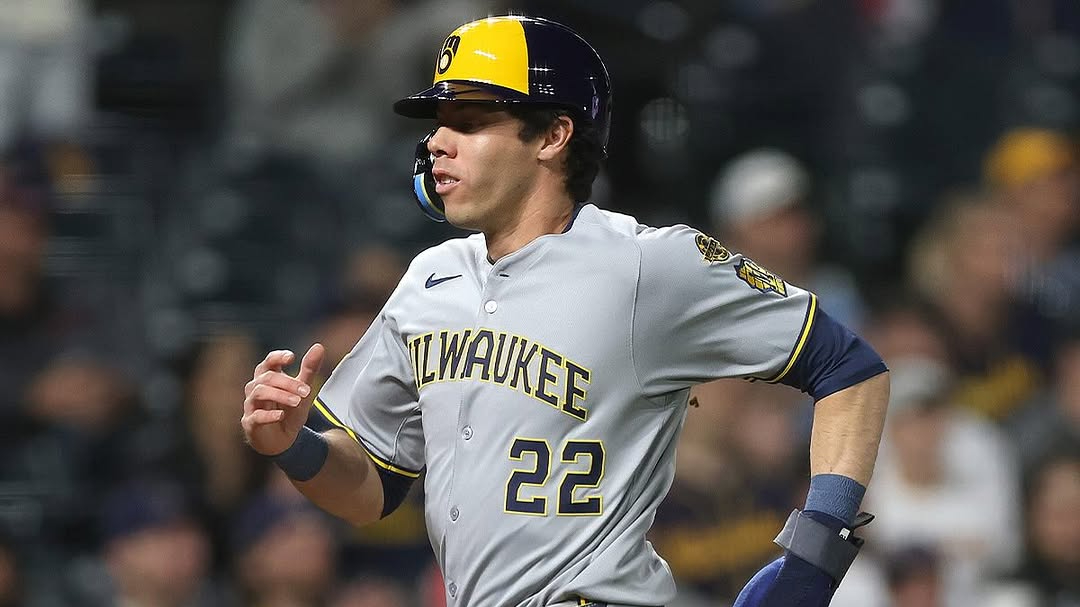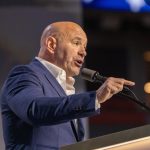MLB on Brink of Chaos: Salary Cap War Could Spark 2026 Lockout
Major League Baseball is careening toward a potential labor war as the league eyes a controversial shift in its economic model: the introduction of a salary cap. With the current Collective Bargaining Agreement (CBA) set to expire on December 1, 2026, tensions between team owners and the MLB Players Association (MLBPA) are already escalating — and a full-blown lockout appears increasingly likely.
According to sources close to the matter, MLB owners and Commissioner Rob Manfred’s office have begun privately discussing a salary cap and floor structure, similar to those used in the NFL, NBA, and NHL. For decades, MLB has been the lone holdout among major U.S. sports leagues, opting for a luxury tax system in place of a hard cap. But with competitive imbalance at an all-time high — and public frustration in smaller markets mounting — that hands-off approach may soon come to an end.
Small Markets, Big Problems
In 2025, the New York Mets are shelling out a staggering $323 million on player salaries, while the Miami Marlins barely clear $67 million. The Los Angeles Dodgers are projected to spend over $500 million once luxury tax payments are included — an MLB record. These massive disparities have fueled resentment and sparked debate over whether unrestricted spending is ruining the game.
“I’m sympathetic to fans in smaller markets who go into the season feeling like they don’t have a chance,” Manfred said in a recent interview. “Hope is what keeps fans coming back. That hope is being eroded.”
Related: Sheila Johnson: The Billionaire Who Broke Barriers in Sports Ownership
Players Stand Firm Against Salary Cap
But the MLBPA is having none of it. The union has fiercely opposed a salary cap for decades, viewing it as a threat to player earnings and market freedom.
“A cap is the ultimate salary restrictor,” said MLBPA president Tony Clark. “It’s unacceptable, no matter where you are on the salary food chain.”
While the union has shown openness to a salary floor — which could raise pay for lower-earning players — any restriction on top-tier earnings is a red line. That sets up a potential collision course with owners pushing for structural reform.

Tony Clark
Big Deals, Bigger Divide
Outsized contracts like Juan Soto’s 15-year, $765 million megadeal with the Mets and Shohei Ohtani’s $700 million pact with the Dodgers underscore the power elite players wield under the current system. But most players don’t see that kind of cash. In fact, average salaries have lagged behind MLB’s revenue growth over the past decade.
Former NBA executive Joel Litvin estimates players lost out on $2.3 billion in earnings over ten years compared to leagues with revenue-linked salary caps. Ironically, that means some players could benefit from a cap — if tied to revenue-sharing — despite the union’s historic resistance.
Related: Top 10 Richest Baseball Players in the World
Will Media Money Save the Day?
Part of the disparity stems from wildly uneven local TV deals. The Dodgers rake in over $300 million a year from their regional sports network, while teams like the Marlins make a fraction of that. But as cable subscriptions plummet and RSNs crumble, MLB’s media revenue model is under threat — and its ability to pay out massive contracts could follow.
MLB hopes to replicate the NBA’s $77 billion media rights bonanza by bundling more national games and appealing to streaming platforms. But industry insiders are skeptical baseball can attract similar money. A salary cap could be a financial safety net if media revenues collapse.

Blake Snell from the Dodgers
Countdown to Confrontation
With two years until the CBA expires, both sides are digging in. The MLBPA has already begun stockpiling funds to support players during a potential work stoppage. The owners, meanwhile, are quietly building consensus for radical reform.
Behind the scenes, even high-spending teams like the Dodgers and Mets are signaling support for greater parity.
“We’ve got to close the gap,” said Mets President David Stearns. “You want small-market teams to have the chance to keep their stars. Other sports have figured that out — baseball needs to as well.”
As the 2026 deadline approaches, one thing is clear: this isn't just about money. It’s about the soul of baseball — and who controls its future. Buckle up. The next labor battle could change MLB forever.
Conclusion
While the intent behind implementing a price cap in Major League Baseball may stem from a desire to level the playing field and maintain financial parity, the reality is more complex. Such a cap risks deterring top-tier talent from pursuing opportunities within the league, particularly in management or executive roles. When individuals can find more lucrative, less restrictive positions elsewhere—whether in other sports leagues or the private sector—MLB may unintentionally lose out on the very leadership it needs to thrive. In trying to curb spending, the league could ultimately stifle innovation, ambition, and the competitive edge that fuels its success.









